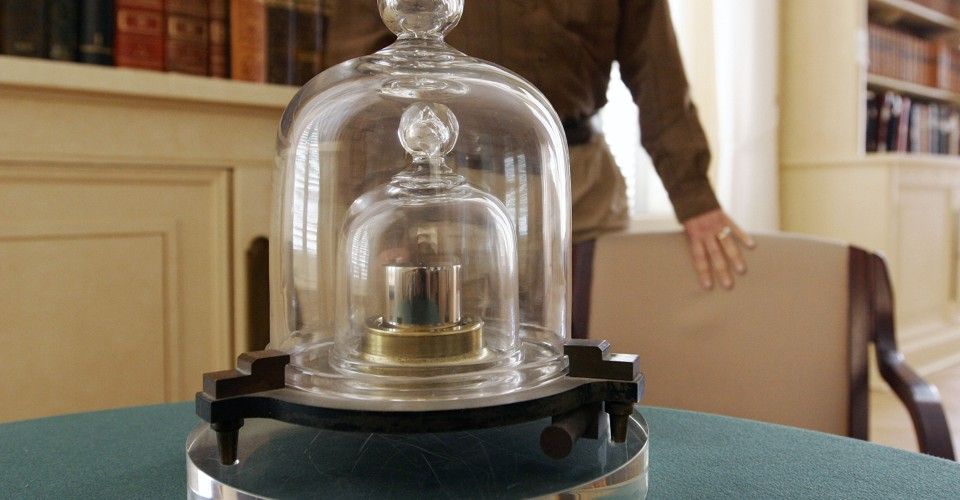The find offers a glimpse into a previously unknown marine ecosystem — and spotlights just how little we know about the seafloor.
Scientists uncovered a chain of volcanic seamounts off the coast of the Australian island of Tasmania.



When fish are filleted in a seafood-processing plant, or when shrimp and shellfish are boiled, a lot of wastewater is generated. Currently, that water is simply discarded. An experimental new system, however, is able to draw much of the nutrients from it – and those nutrients could have a number of uses.





If a recent project using Google’s DeepMind were a recipe, you would take a pair of AI systems, images of animals, and a whole lot of computing power. Mix it all together, and you’ d get a series of imagined animals dream ed up by one of the AIs. A look through the research paper about the project—or this open Google Folder of images it produced—will likely lead you to agree that the results are a mix of impressive and downright eerie.
But t he eerie factor doesn’t mean the project shouldn’t be considered a success and a step forward for future uses of AI.
From GAN To BigGAN
